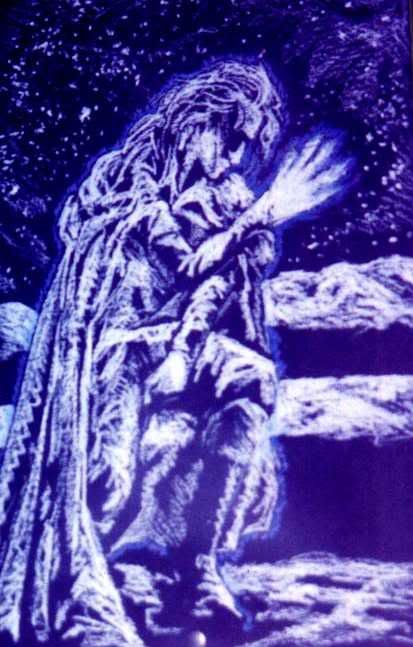...I almost asked for it to be switched back before the Winter brochure went out, but it was such a minor and apparently-frivolous request to make that I let it stand as I'd revised it. And later received a favourable comment -- thanks, even -- for having changed it.
As you might recall if you've followed my class-promo posts here or elsewhere, my original class title was "How to Draw Real Live People" -- which works aptly enough as a general description and makes no confusion as to the subject. It is a bit simplistic, though, and more suited to kids' classes than to ones courting older and more self-directed attention, so when the idea came to me I basically recomposed both the title and the course description within an hour at most. It's more witty, more knowing, more concrete....not quite so spelled out, but then, if I had had a class title from the start that was (as most instructors' are) simply denotative, it'd have been a rather dry "Dry Media Figure Drawing and Portraiture I/II" or something of the sort.
Most fine art classes, outside of college, are either life drawing or portraiture, rather than trying to address both at once. But when you have both the need for accurate foundational anatomy and the emphasis on characterization overall within the face and body and gesture, to call it just one or the other would be inaccurate. And, as I always point out, what we think we know about the way people look is often a bare shorthand reduction (and effectively a distortion) of what is actually there to be observed and conveyed. Real people have curves -- not straight lines for legs and spines and arms and mouths. Bulk, not stick-figure leanness/paper-doll flatness or weightlessness against the ground...tension, not blankness or total passivity (even in repose)...shading, not just lines and fillings-in of the most-apparent colour, relying upon the telegraphing of detail to take the place of real rendering of detail.
In order to see what is there, we must break down the assumptions of what has always been enough to go on in the usual mostly-subconscious way of recognizing and "reading" people, and bring our thought-processes forward so that we actually can see what we are seeing, perceiving it on the physical level as well as the plane of psychological and emotional interpretation whereon we interact as persons -- and illuminating the latter more clearly as well.
Which is all a bit complexly analytical-sounding, no doubt (typical for me, if not unavoidable)...but it works, it really does. And hopefully this change of name gives a good upfront idea of the gist of my deeper-developing method.
Subscribe to:
Post Comments (Atom)




No comments:
Post a Comment